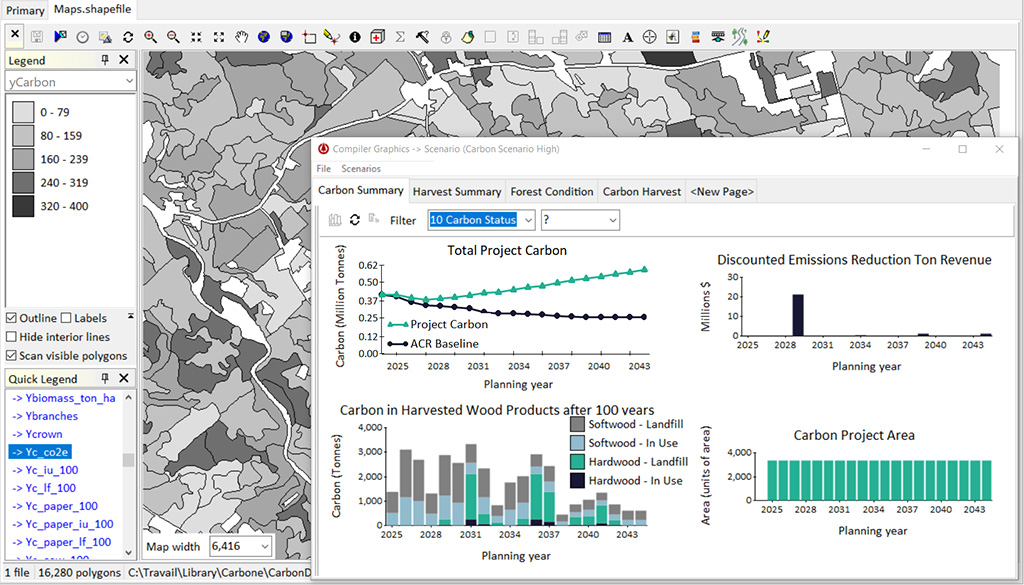Date and Publication
July 2020: Frontiers in Ecology and Evolution, Vol. 8, Article 200.
Authors
Anders Lundholm, Kevin Black, Edwin Corrigan and Maarten Nieuwenhuis
Paper Summary
Sustainable Forest Management (SFM) has become an important pillar of modern forest management, and one way to evaluate the sustainability of forestry is to assess long-term supply of ecosystem services (ESs) indicators. The concept of sustainability also has come to include adapting to climate change and the associated dynamic timber markets.
This study aims to: (1) incorporate several ESs indicators in a Forest Management Decision Support System (FMDSS) that can deal with climate change and dynamic timber markets; and (2) analyse the impact that intensified forest management, resulting from global change scenarios that represent different levels of climate change mitigation efforts, will have on forest ES indicators in the west of Ireland.
A linear programming model that optimized Net Present Value (NPV) from mill-gate sales was previously developed in Remsoft’s Woodstock, a DSS framework used for strategic forest planning around the world. This Woodstock model was modified to include the effects of global scenarios that include climate change and dynamic timber prices. This model was further developed to include indicators for five ESs (carbon storage in the forest as well as in harvested wood products and carbon substitution, windthrow risk, biodiversity, water quality, and cultural values), to assess the impacts of these global scenarios on the forest landscape and the sustainability of forest management. The ES indicator values were mainly linked to forest age, forest type, and yield tables, and their inclusion in the FMDSS had almost no impact on total model run times.
Intensified forest clearfelling, as a result of increasing timber prices associated with most global scenarios, led to increased phosphor emissions to waterbodies, and reductions in windthrow risk and carbon storage. The global scenarios only resulted in minor differences in the indicator values for biodiversity and cultural values. Besides the global scenarios, recent forest policy development and the poor soil conditions in the study area impacted on the results. The developed system, with its innovative method to incorporate climate change and associated market dynamics, could be applied to other forest landscapes in Ireland and Europe, or indeed by any forest company or organization that uses Woodstock.



